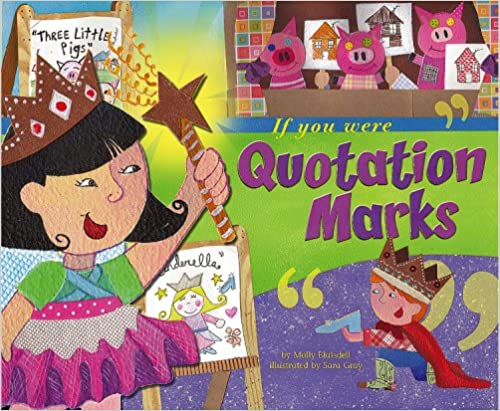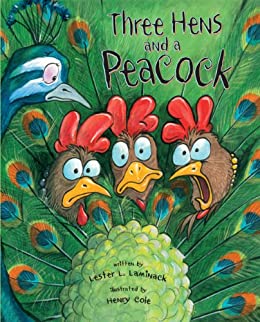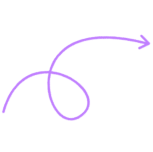Grab a free trial and go bananas!
- Download all lessons to PDF
- Download and edit all resources
- Share lessons with your colleagues
- Save favourite lessons for later

Macaroni Speech Marks
Learning Intention: Identify quotation marks and explain their purpose in texts.

Macaroni Speech Marks
Learning Intention: Identify quotation marks and explain their purpose in texts.
- Sentence strips
- Macaroni Pasta
Grade 4 - AC9E4LA07
Grade 4 - AC9E4LA03
Grade 2 - AC9E2LY04
- I can identify quotation marks.
- I can identify where quotation marks need to be placed in a text.
- I can explain what quotation marks represent within a text.
Modelled
Introduce the lesson by brainstorming with students their knowledge of speech marks and what role they play.
Explain what speech marks are, what their purpose is and identify what they look like in texts.
Read a chosen text to the class. As you are reading, ask students to make an air-quotes shape with their hands whenever they see speech marks within the text.
Guided
After reading the text, discuss what students noticed about the speech marks (eg. that they appear at the start and end of someone talking, there are always two lines close together to create a speech mark, a new line is started when someone new starts speaking, etc).
Show the class a selection of sentences that haven’t got speech marks and ask them to decide where the speech marks should go.
Independent
In small groups or pairs, give students a selection of sentences that have not been punctuated with speech marks. Together, students will read the sentence/s and identify who is talking and where the speech marks should go.
Ask students to use macaroni pasta pieces to represent the speech marks and place them at the start and end of the person’s speech, thus placing the correct punctuation into the sentence.
In pairs, students can practise reading the macaroni sentences. One student should take on the role of the narrator and the other student should be the character. As students are reading, they can self-monitor and self-correct their punctuation marks by listening to themselves as they read out loud. The character for example, should never say ‘…said Sam.’ If students notice their macaroni speech marks are in the wrong place, they can move them into the correct position.
Provide students with a selection of picture books that include a lot of conversations within them. Students can read their favourite picture books to a peer, favourite toy or the teacher and practice identifying the speech marks on each page. If you would like to extend students further, they can practise using character voices when they come across speech marks.
- Support Students: Continue to check and monitor understanding of speech marks during guided reading. Ask students to use their fingers to indicate where the speech marks should start and finish.
- Extension Students: Students can take a comic strip or book with dialogue displayed in speech bubbles and rewrite them as dialogue with speech marks. Alternatively they can also take a favourite book with speech marks and turn it into a comic strip, displaying the dialogue with the correct character.


- Formative assessment:
- Can my students identify speech marks?
- Can my students explain the purpose of speech marks?
- Can my students place speech marks in the correct location?
- This lesson focuses on quotation marks being used to signal dialogue in a text, but don’t forget they are also used to highlight titles, communicate irony and sarcasm, and for quoted (direct) speech.
Sign up for hundreds more lessons like this!
Access over 600 lessons, 50 units and oodles of premium editable resources to suit the literacy needs of K-6 students.Start a 7 day free trial today!
